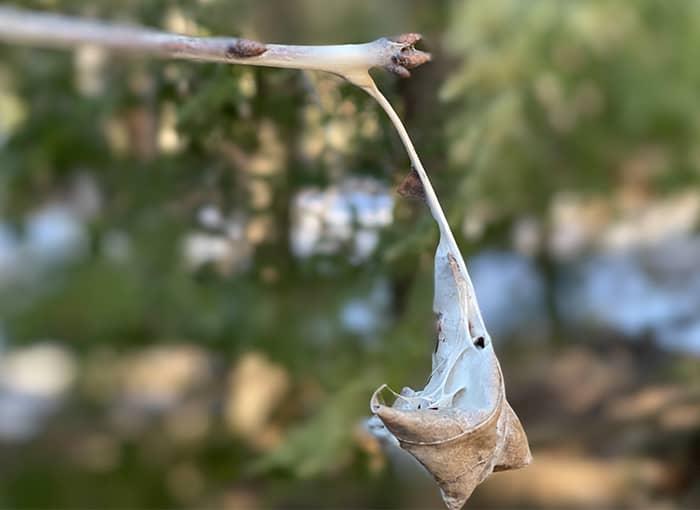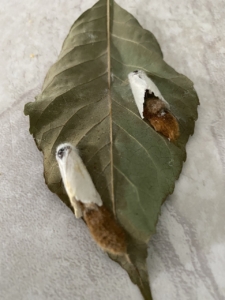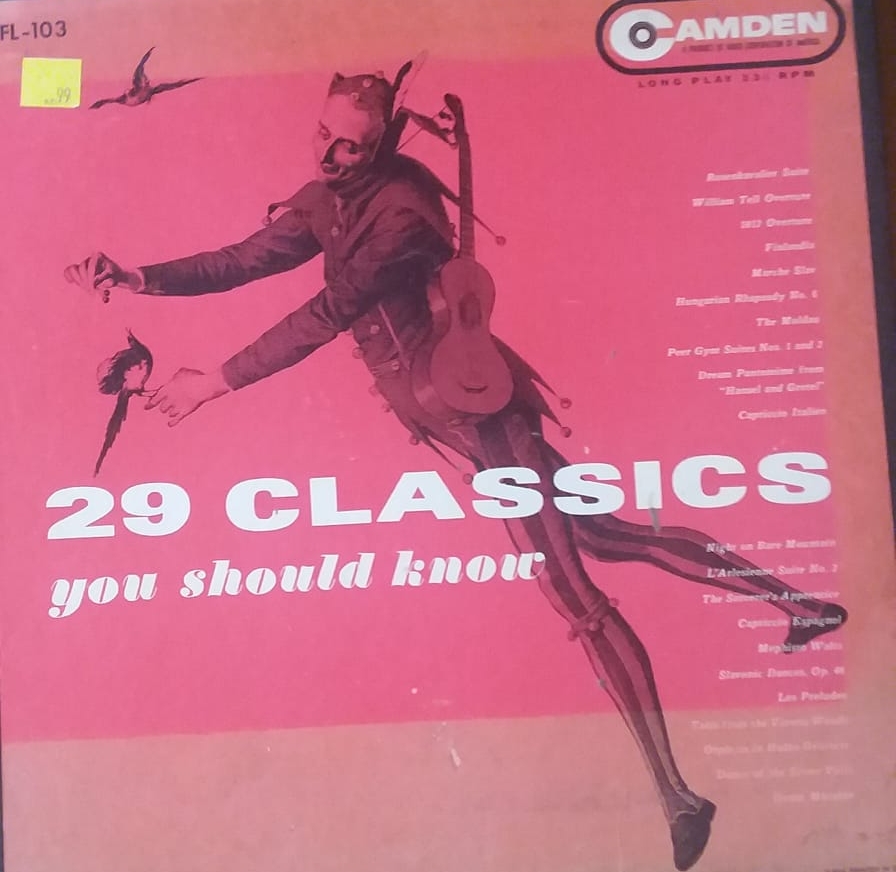I’M JUST CURIOUS: Thoughts and ideas
 by Debbie Walker
by Debbie Walker
Every year I try to think of a unique Christmas gift for my grandchildren who are both now adults with their own families. However, I am still Nana Daffy (they named me that when Blake was learning to talk) just as when they were children. I see no reason to change either the name nor this tradition.
When the kids got old enough to have a preference in clothes, music, games, etc., I didn’t want to try to please them. It was easier to dream up something different or unique.
I started out first sending them on day trips to places like Museum of Science, in Tampa, (MOSI), Weeky Wache, in Spring Hill, or Silver Springs Attraction, in Ocala, all in Florida. Then things got too expensive, so, again, I switched.
Next, I bought them things they were going to need for their dorm or their future homes. I started with the small things I find handy in my kitchen, like my favorite spatula or my little knife. From there it went to the bigger stuff like a toaster. Oh yeah, and kitchen gifts from me were always wrapped with aluminum foil. There really was a reason for it the first year but don’t have a clue why I did it. The aluminum foil was gathered and rolled into a ball that would last them all year until the next Christmas.
Blake went off to college and his first apartment and pleased his roommates with a good amount of their kitchen needs being supplied by him. Tristin, my granddaughter, started out in her first home with a partially established kitchen, also.
There has now come a time when they really don’t need anything I can afford, so now I am working on weird stuff. This year will be my best so far, I hope. Previously, I have found things that aren’t really common, so we have a guessing game. Whoever guesses the use gets to keep it. So far this year I haven’t found anything.
Do you know what a loofah is? I knew it was a sponge, but I thought they were like the ones they dive for in Tarpon Springs
Did you know that a loofah sponge starts out as a vegetable/gourd? I wrote vegetable because you can eat the young plant but allowed to grow it is a gourd. (Did you know that even a watermelon is from a gourd family?)
I explained to my neighbor, Glen, what I would like to do. I wanted to plant the seeds and document the process traveled. I looked for seeds and couldn’t find them locally. Glen got on the computer, and found and ordered the seeds. When received he proceeded to plant and care for my (?) plant. The vines have grown so they are a lot taller than me.
So now I have to continue to take pictures and the information about the process, all into a little booklet to go with each sponge on Christmas morning. I can’t wait to tell them the whole story! I will let you know how I make out with peeling off the outside of the plant to find the fibrous and seeded center. The seeds must come out. From what I have read there are a lot of seeds. We will have to get them all out and hang on an outside line in the sun to dry and for the sun to bleach the sponge.
The kids will get a laugh about the gift. I will let you know as the process continues.
I am curious how many of you knew it started out as a veggie. Questions or comments contact me at DebbieWalker@townline.org. Thanks again for reading and have a great week.













